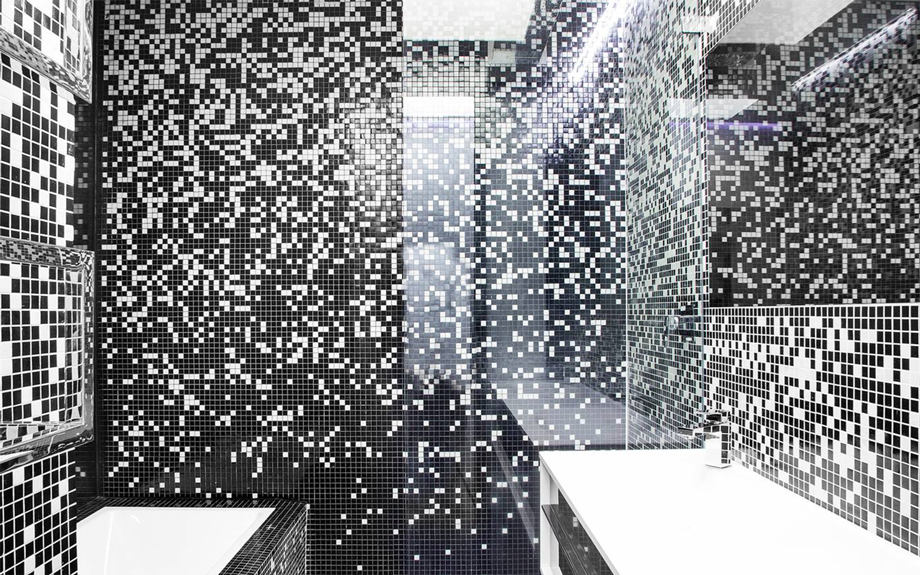WATERWISE – Simple ways to reduce your water usage
.
Published in: GRAND DESIGNS // EXPERT ADVICE // building
Depending on how frequent the drip is, leaking taps can cause a loss of 27 to 198 litres of water per day
For many of us, water is a natural commodity that is often taken for granted. It is only during periods of drought or when governments enforce restrictions that we change our thinking and use of this vital resource. Did you know that around 97 per cent of the earth’s water is salt water and 2 per cent is frozen in glaciers and ice caps? Yes, you guessed it; there is only 1 per cent available for consumption as drinking water! Taking these points into consideration, what can we do to reduce our day-to-day water usage? The first thing to consider is where the most water is used during everyday living.
BATHROOM
Most of us like a bath if we have one, but the average bath requires around 58 litres to fill. When you compare this to the average single shower, it’s around 30 per cent more water usage to have a bath.
How many of you clean your teeth every day? And how many of you leave the tap running during the entire cleaning process? By leaving the tap running, you would be using around 5 litres of water per minute, and depending on how much time you take in doing so, can be up to 20 litres per clean. Consider turning the tap off and you will save more than 1000 litres of water per annum.
Most of us have a 3-Star showerhead, which uses a maximum of 9 litres per minute. Conventional showerheads use around 16–18 litres per minute, so this saves around half the shower water usage. The average person who showers for around five to six minutes will save around 20,000 litres a year by installing a 3-Star showerhead, and a typical family of four will save 80,000 litres of water a year. If you thought this number was big, can you can imagine the number of litres saved if every household was fitted with these devices?
Another major water consumer is the good old thunderbox. Older-style single-flush toilets consume around 12 litres of water per flush. The newer dual-flush toilets reduce this amount enormously. If you’re not already aware, the dual-flush systems have two buttons; half flush and full flush. The half-flush systems should use at most 9 litres per full flush and no more than 4.5 litres for a half flush. You don’t have to buy a completely new toilet to take advantage of these savings. Simply go to your local plumbing or hardware store and purchase a new dual-flush cistern.
LAUNDRY
Most people don’t know how much water is used per cycle to wash our clothes. For an average wash, a water-efficient washing machine uses around 40 litres of water per cycle, while older machines use about 99 litres per load. The average household does one washing load a day, and the savings of switching to a water-efficient washing machine could save more than 21,000 litres of water per year.
KITCHEN
For those of us old enough to remember life before dishwashers, an average household clean-up in the sink used around 18 litres of water. First-generation dishwashers used around 40 litres per load. Fortunately, modern machines have become more efficient, now consuming similar numbers to that of the old traditional hand wash of around 18 litres of water per load.
GARDEN
When watering the garden, you should be watering in the early mornings or late evenings to reduce water loss from evaporation. Water the base of the plants, ensuring the root systems absorb the necessary water they need to survive. Also consider planting drought-tolerant species such as stonecrops and succulents as they require much less water to thrive.
POOLS
Pool evaporation rates will depend on climatic zones, winds and temperatures. So before you assume your pool has a leak, know that the average pool can lose around 300 litres of water per day in a hot area like the Northern Territory. A pool cover can reduce this amount by up to 95 per cent.
LEAKING TAPS
It’s that irritating noise you hear at night that many people seem to ignore until the drip becomes a trickle. Depending on how frequent the drip is, leaking taps can cause a loss of 27 to 198 litres of water per day. Leaking pipes are even bigger consumers of water. A single leak can consume above 99 litres of water per day just from a tiny pipe fracture.
If you think you might have a leaking pipe, the best thing to do is to turn off all your internal and external taps and watch the dial on your water meter. If the numbers continue to circulate, the chances of a leak are high. Contact your local plumber to inspect and test your lines. If you would like to catch water, install a water tank for additional water supply. A 5000-litre tank is a good above-ground tank for an average-size household. The next time you are showering, think about the points raised and consider where you can make a difference. Remember, you are one of millions of people on this earth, and if each one of us considered these points, millions of litres of water could be saved.
Chris Knierim is an award-winning designer and builder, and is the managing director of Designer Constructions Group.
WORDS // CHRIS KNIERIM
PHOTOGRAPHY // NICK WILSON


